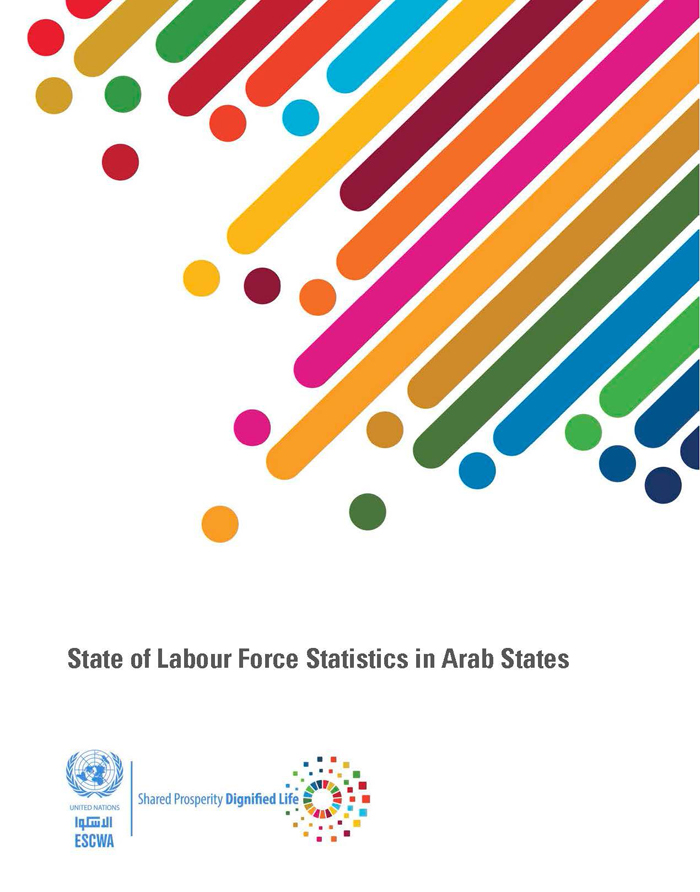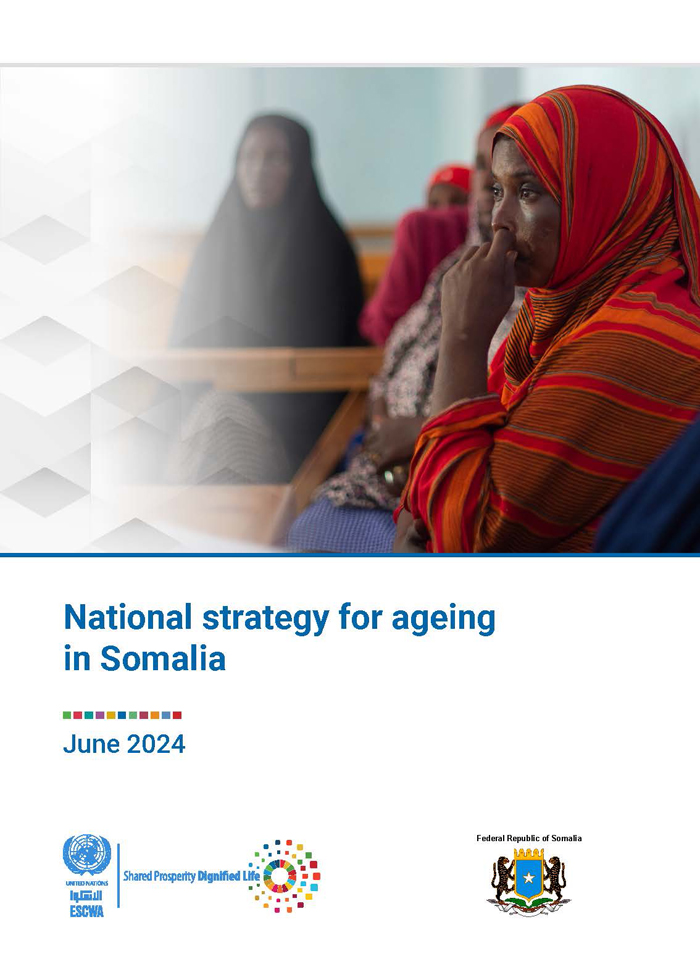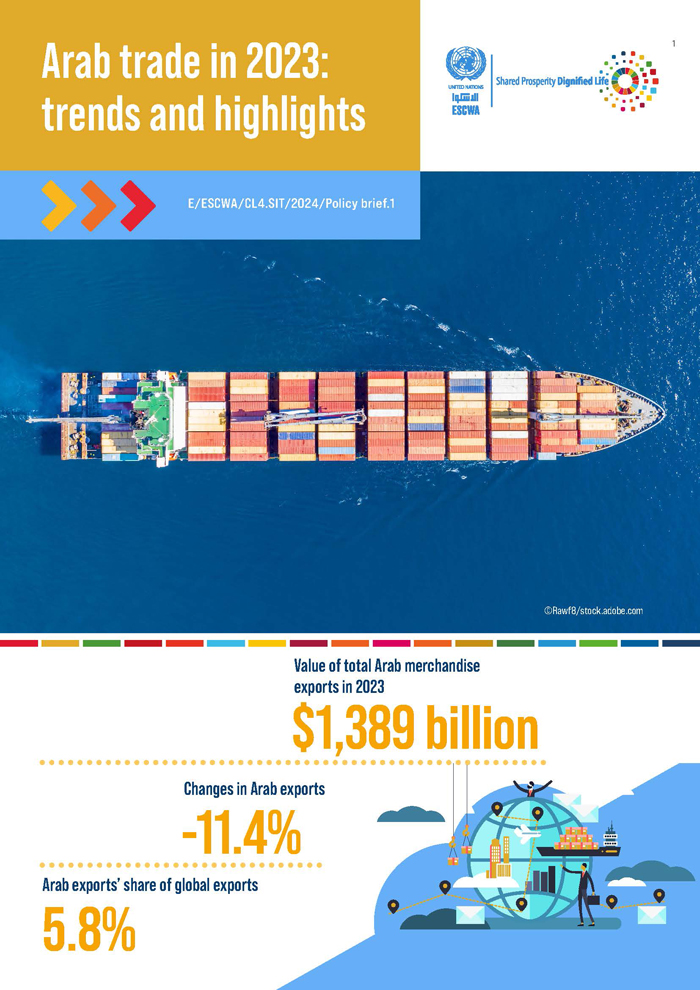
ESCWA Publication: E/ESCWA/CL4.SIT/2024/TP.3
Country: Arab region
Publication Type: Information material
Cluster: Statistics, Information Society and Technology
Focus Area: Statistics
Initiatives: Trade & industry statistics
SDGs: Goal 8: Decent Work and Economic Growth
Keywords: Labour statistics, Surveys, Arab countries
State of Labour Force Statistics in Arab States
May 2024
The present report presents a detailed analysis of the status of labour force statistics in the Arab region, based on an online survey conducted by the United Nations Economic and Social Commission for Western Asia (ESCWA) in January 2023. The survey, which received responses from national statistical offices in 18 member States, focuses on the practices of data collection and dissemination in labour force statistics.
The key findings reveal that all 18 surveyed Arab countries have labour force statistics databases, predominantly using labour force surveys as their primary source. However, only seven of these countries conduct these surveys on a sub-annual basis, indicating variations in data collection frequency. Significant disparities are noted in the coverage of different population groups, with most countries not collecting disaggregated data on disability and migratory status. The methodologies for calculating labour force indicators also vary, with different definitions of employment and unemployment being adopted across countries. In conclusion, the report highlights the necessity for more consistent and frequent data collection, improved coverage of various population segments, and alignment with international standards to generate comparable data and achieve more accurate and comprehensive labour market insights, crucial for informed policy formulation and sustainable development in the Arab region.
Related content
Statistics
,
The present report presents a detailed analysis of the status of labour force statistics in the Arab region, based on an online survey conducted by the United Nations Economic and Social Commission for Western Asia (ESCWA) in January 2023. The survey, which received responses from national statistical offices in 18 member States, focuses on the practices of data collection and dissemination in labour force statistics.
The key findings reveal that all 18 surveyed Arab countries have labour force statistics databases, predominantly using labour force surveys as their primary source. However, only seven of these countries conduct these surveys on a sub-annual basis, indicating variations in data collection frequency. Significant disparities are noted in the coverage of different population groups, with most countries not collecting disaggregated data on disability and migratory status. The methodologies for calculating labour force indicators also vary, with different definitions of employment and unemployment being adopted across countries. In conclusion, the report highlights the necessity for more consistent and frequent data collection, improved coverage of various population segments, and alignment with international standards to generate comparable data and achieve more accurate and comprehensive labour market insights, crucial for informed policy formulation and sustainable development in the Arab region.


